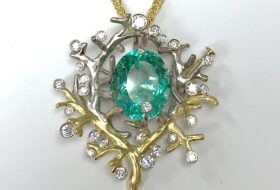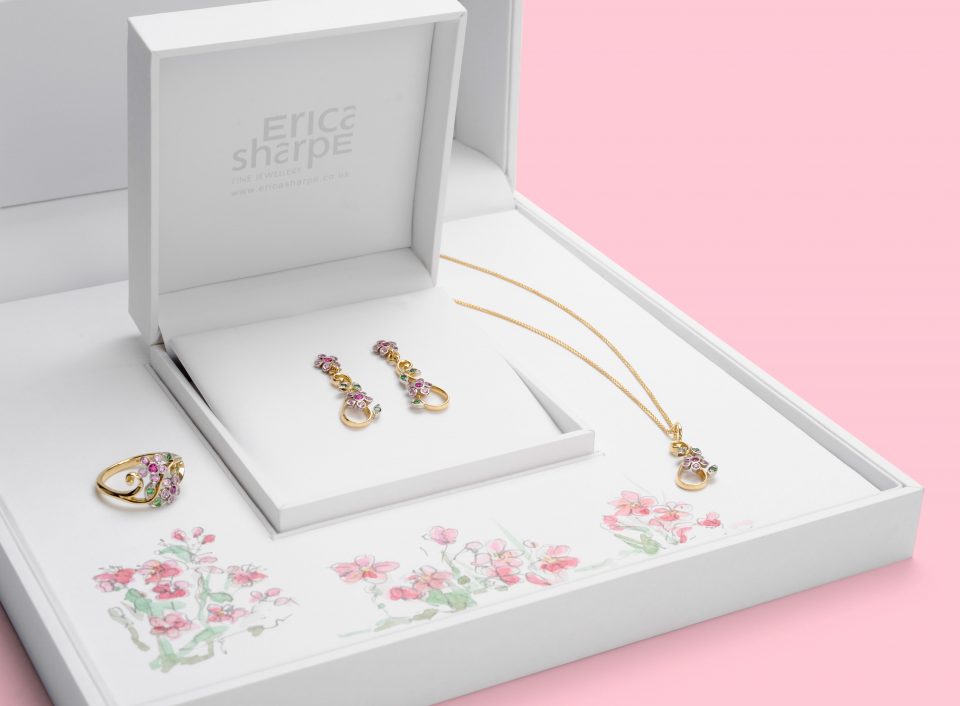Introduction
Cameos have been created for thousands of years. The cameos in jewellery that most of us have seen are carved sea-shells. They feature a figure, portrait or scene that is usually white on the upper surface, and is carved and sculpted in three dimensions towards a different coloured background layer. Shells are ideal because they naturally feature layers of varying colours. They often have a warm pink/coral colour underneath and a creamy white top surface. The top can be carved away in varying depths, revealing the colour beneath and creating ‘shades’ and tones as the white thickness varies and shows the underlying colour. The detail on high quality hand carved cameos is staggering. Areas such as the subject’s hair, the folds and flow of cloth and veils and tiny details can all be exquisitely depicted.
A brief history of Cameos
Ancient cameos were made from semi-precious gemstones, especially the various types of onyx and agate, and any other stones where two flat differing coloured layers met. These are known as “hardstone” cameos. In Roman times, craftsmen developed the most amazing skills in creating cameos from glass. The vase was a classic and popular. The Romans made a base colour vase and then dipped this into liquid white glass to coat the outside. Once solidified, the outer layer could be ground and carved away to reveal the artistic design against the dark background.
Cameo carving onto shell became popular in the 15th and 16th centuries. Before this, the hardstone versions (onto agate) were more frequently seen. The cameo originates as a blank cut from the appropriate shell which is then worked into a relief image or pattern using steel scraping or engraving tools called bulinos. These are small hand tools, mounted into handles, like small chisels or engravers with various profiles to remove shell in different ways and textures. When the details are completed, the shell is then soaked in olive oil, cleaned with soapy water and poised in certain areas to pick out the highlights of the design.
Cameos today
These days, contemporary cameos are often made in a more mass-produced fashion, making them less expensive. A mould is made in reverse of the cameo design and the shell blanks are held onto this with the addition of an abrasive diamond paste. Ultrasound is used to vibrate the abrasive mixture against the shell and the result is a quickly made cameo that can be replicated again and again. These mass-produced cameos can be identified by looking carefully at their surface texture. Their surface is uniform and slightly matt where the abrasive has done its work. They also do not have any undercut areas, as the process cannot achieve what the hand-crafting engravers and bulinos can.
Fine cameos are big, dramatic pieces and their jewellery surrounds are relatively weighty. Possibly the trend for thicker coats and jackets since heating costs have risen will give us the perfect background to display these beautiful works of art once again. It would be good to have at least one bit of joy from lowering the thermostat!
This was written and published as part of the ‘Hidden Gems’ series of articles by Erica Sharpe for the Western Daily Press.










